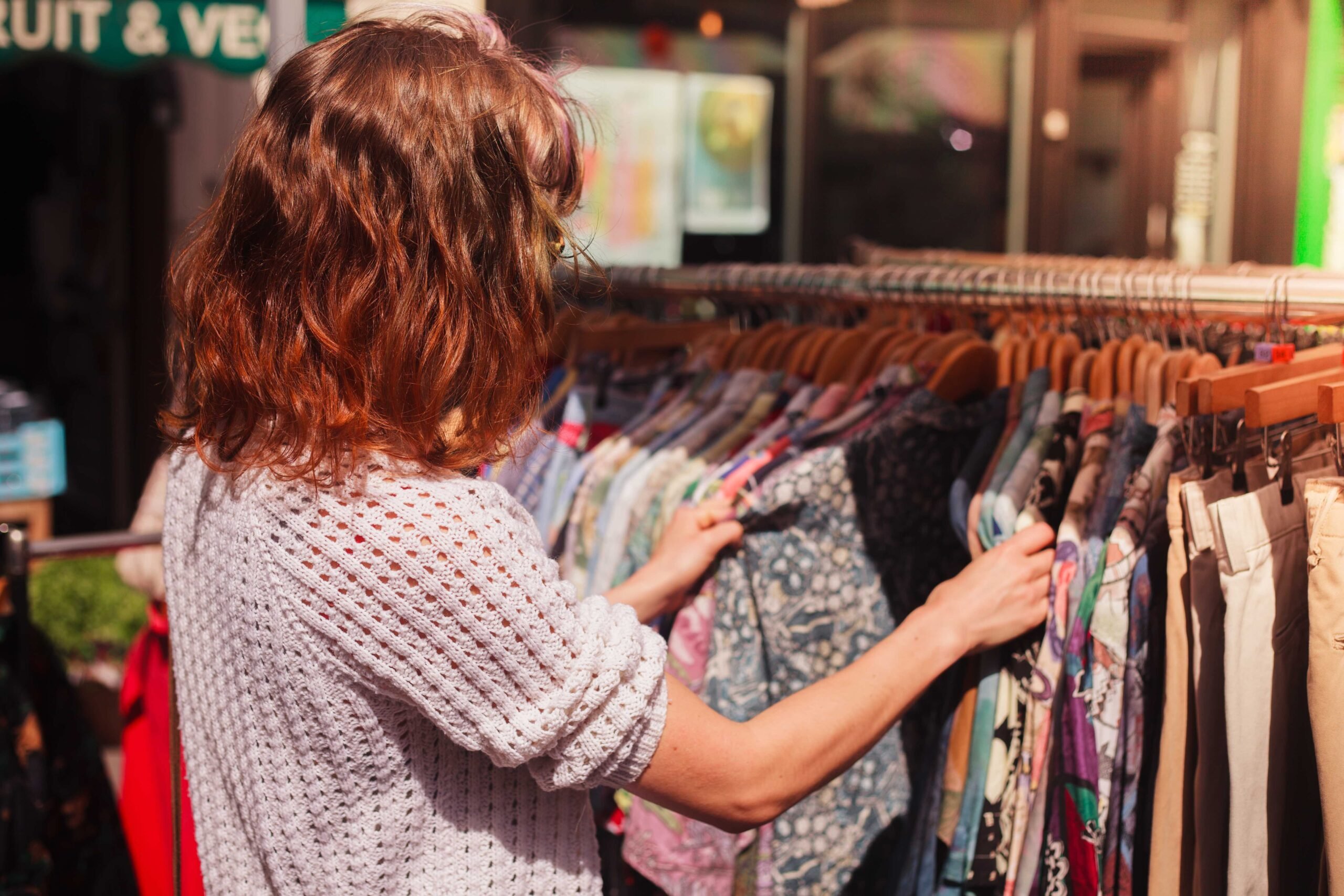Second-hand shopping has become a global trend, and ultimately, the demand for second-hand and vintage shops continues to grow. In order to gain a greater insight into the workings of second-hand stores, we met with Paolo Quevedo, an employee at one of the oldest vintage stores in Barcelona, Holala Vintage.
“This store opened around 12 years ago and it’s one of the first of its kind in Barcelona. The last five years we have seen massive growth in the demand for vintage stores and the interest of second-hand clothing.”
Unique and cool
The store is in the street Carrer dels Tallers. In this barely 500m long street you can find up to ten vintage stores alone. There are some set prices on each of the pieces while in some of the stores you pay for the clothes in weight. You can find everything from big well-known brands, such as Tommy Hilfiger, to small brands you have never heard of! Each of which are timeless, statement pieces, that cannot be compared to anything you would find in the high-end stores today.
“I think people like and think it’s cool to own a unique piece of clothing that you can’t find everywhere. There is also something very special about spending your time and finding a sweater or pants that you really like. It is kind of like you are going treasure hunting and you finally find the treasure.”
@petramacevilly ♬ Time Goes “bye” – Jex Nwalor
Paolos top 5 tips when going vintage shopping :
- Find your favorite stores and write them down.
- Take your time. Vintage shopping can be time-consuming and in order to find the real treasures you might have to look for a while.
- Go to the flea markets and vintage markets in town. There are plenty in Barcelona and they are often cheaper than the vintage stores.
- Ask the stores when they get new clothes and refill the stores. If you come at that time you might be able to get the really golden pieces.
- Have fun! Try new styles and don’t be afraid to step out of your comfort zone.

Non-environmental
“Vintage becoming popular definitely also has something to do with it being better for the climate as well. The younger generations are often very climate-oriented and think more about what they can do to be more environmentally friendly,” says Paolo when asked about why vintage shopping had become suddenly popular.
The clothing industry is not exactly known for being environmentally friendly. Fast fashion – a constant mass production of clothes and shoes that are sold for a very cheap price – is becoming more and more problematic, especially on the climate.
Second chance at life
“Secondhand clothing is giving clothes a second chance at life and it’s slowing down that fast-fashion cycle,” says Fee Gilfeather, a sustainable fashion expert at charity Oxfam in an interview with the BBC regarding a guide to climate change. “So I would say secondhand (clothing) is actually one of the solutions to the overconsumption challenge.”
Therefore, whether it is the solution to solve climate change or not, the younger generations are still getting more and more into secondhand and sustainable fashion. The growth of vintage fashion is growing all over the world and is definitely something to look into.
5 facts about the clothing industry and its impact on the environment:
|
Source: The European Parliament
